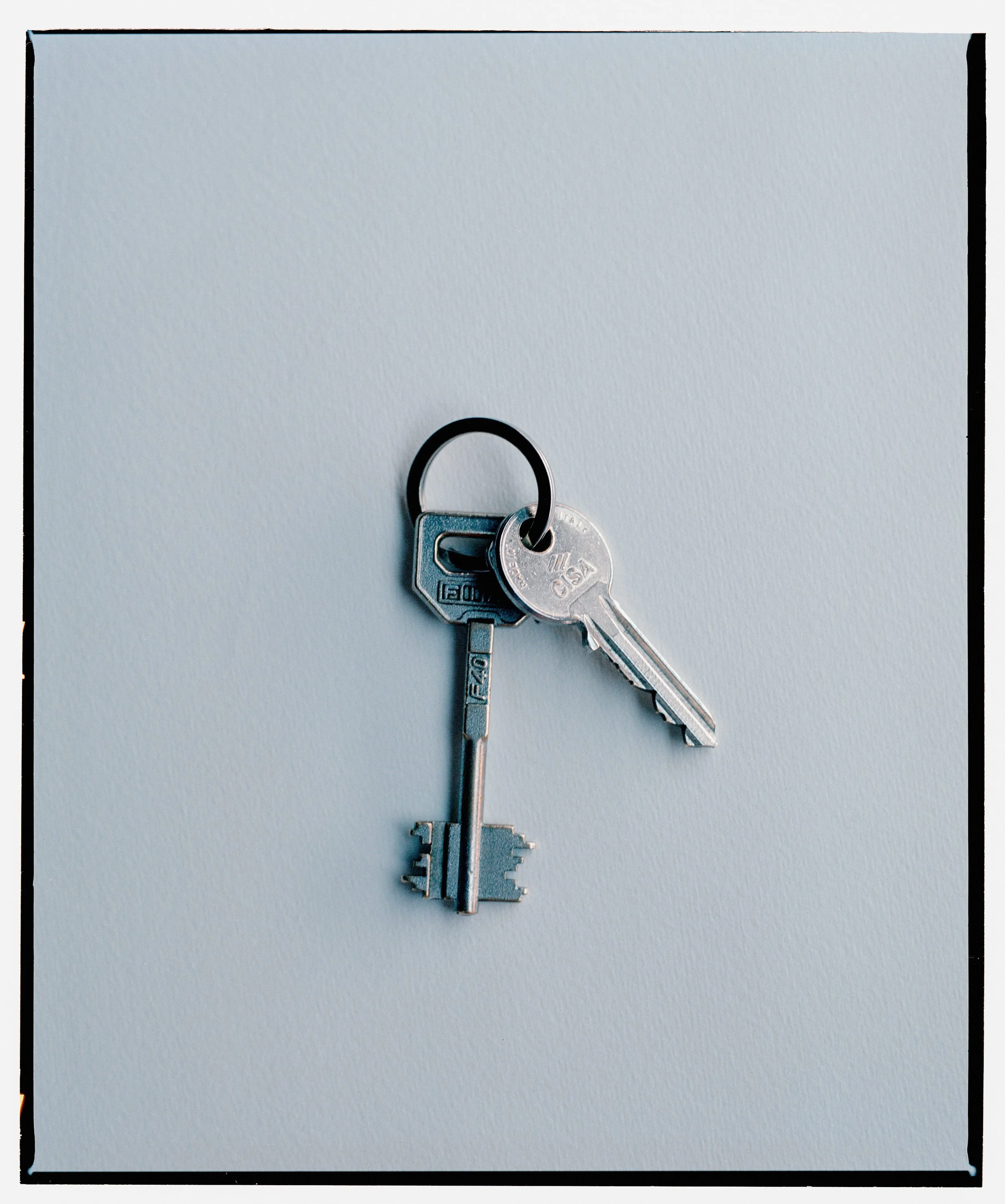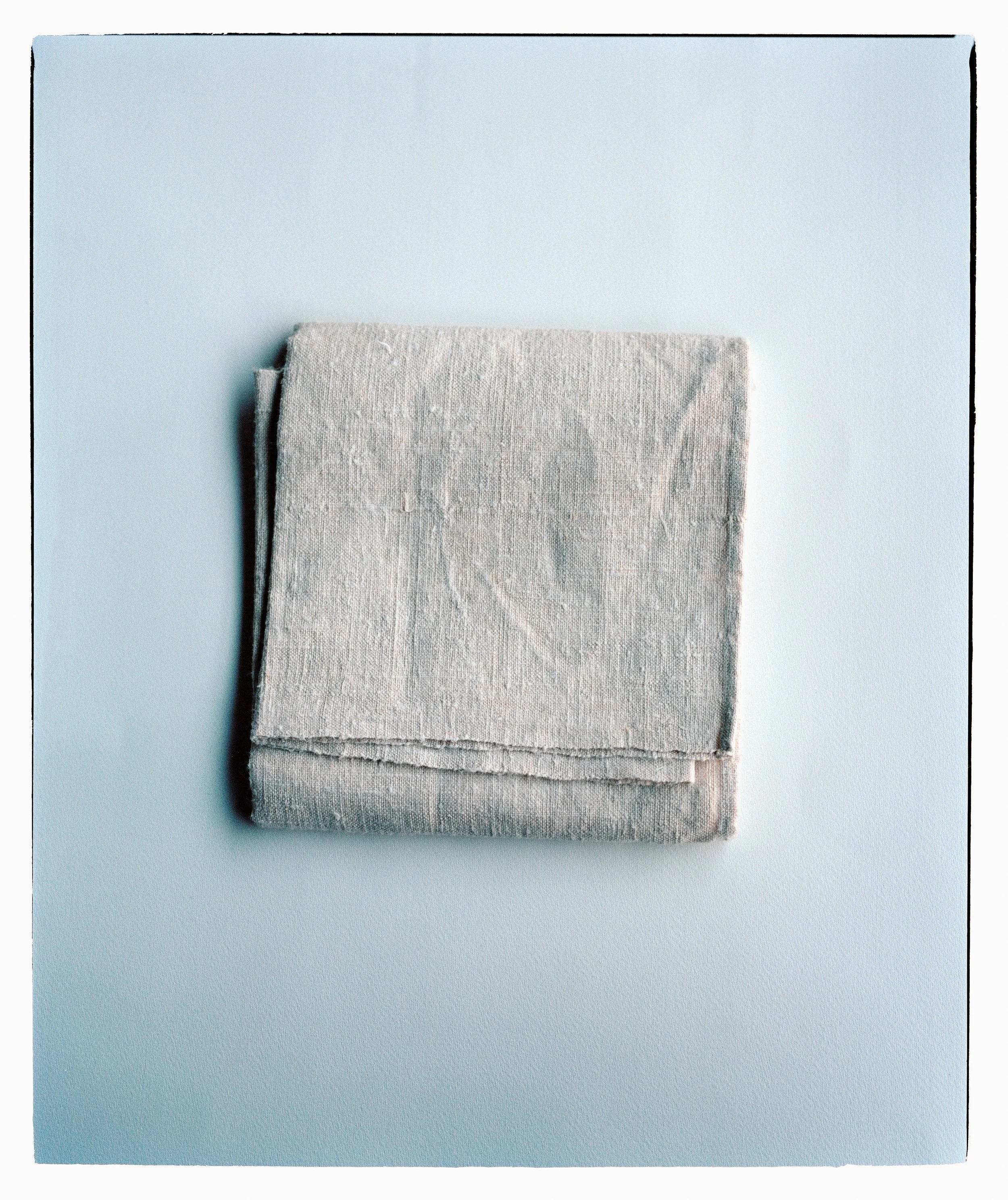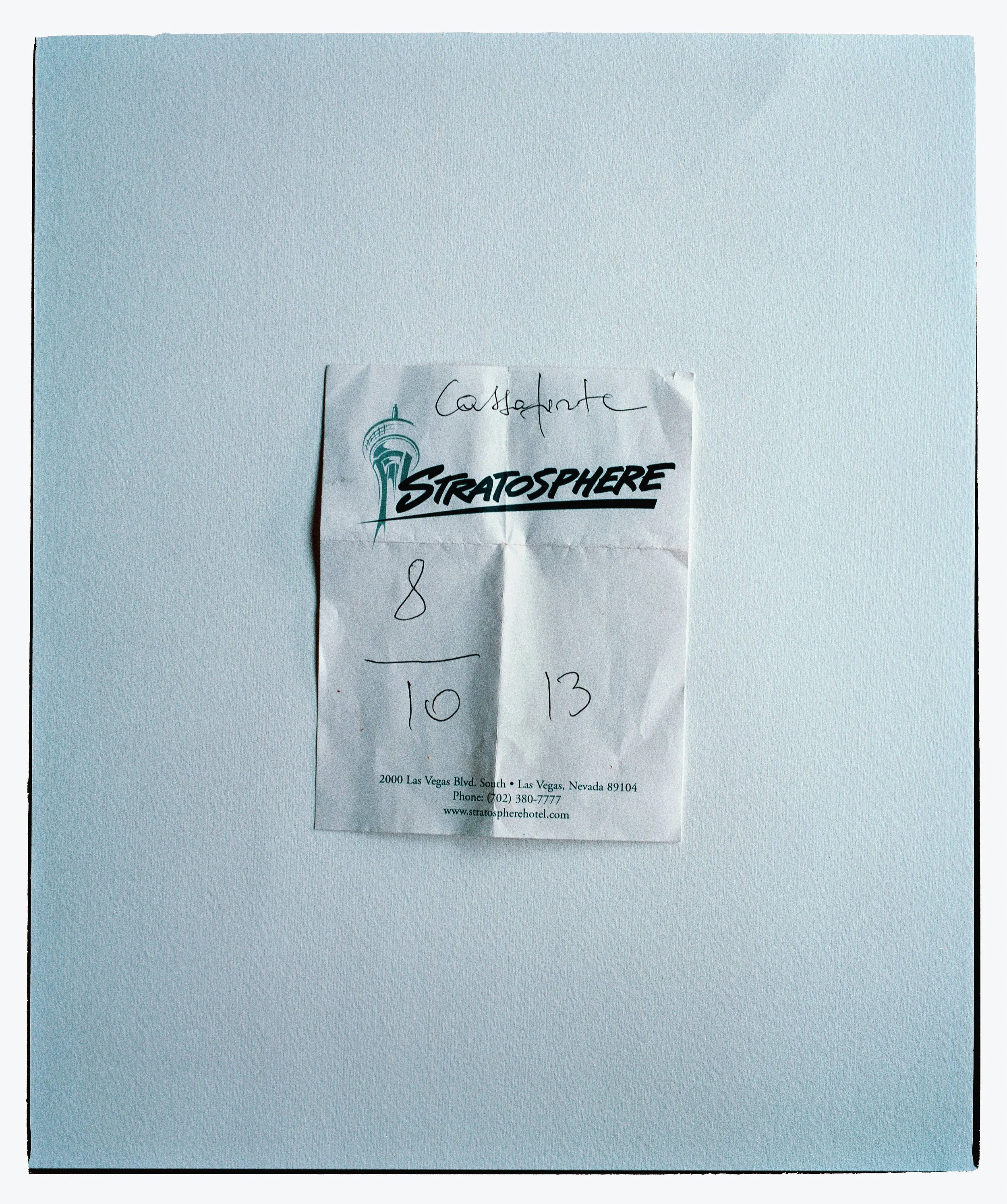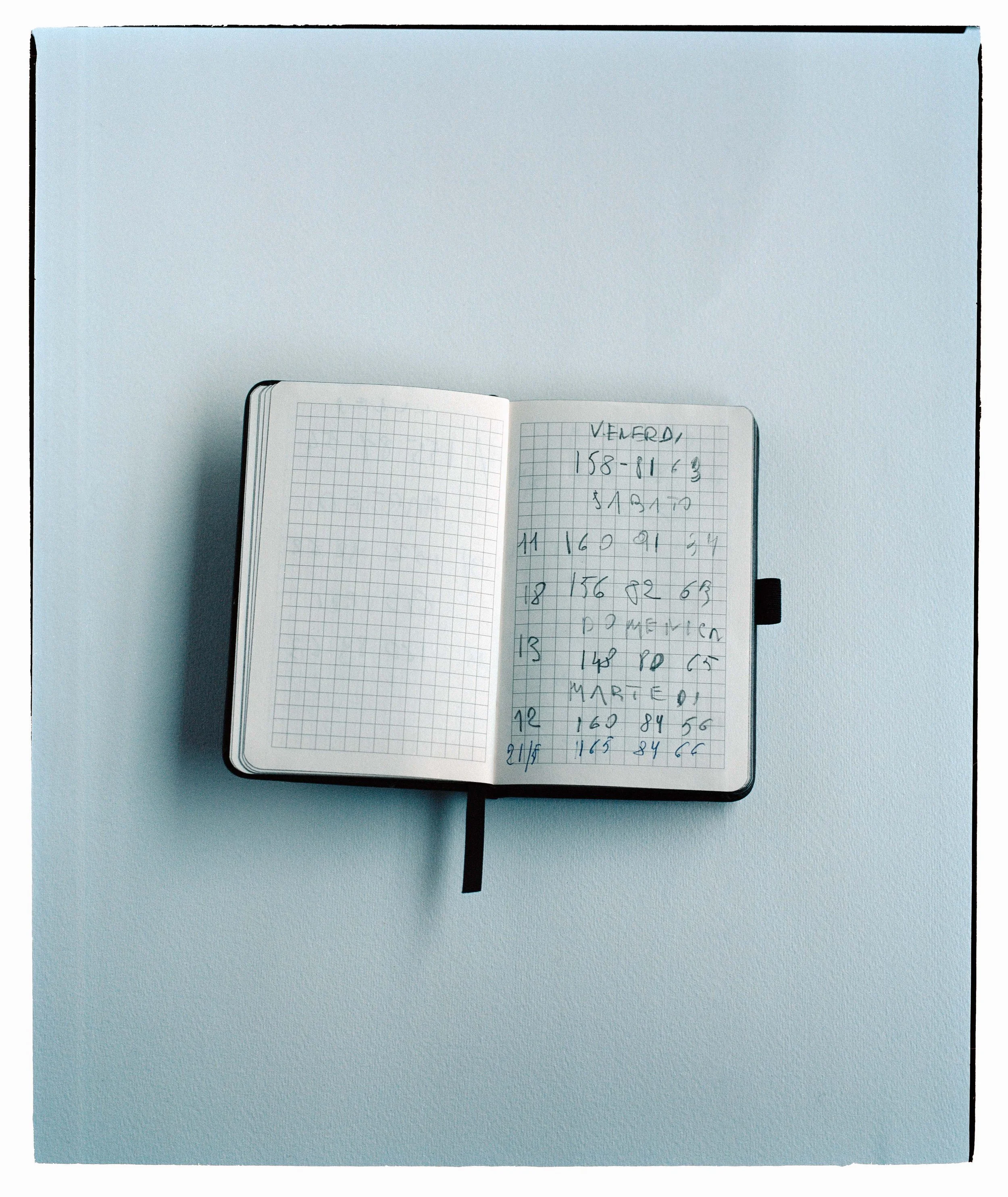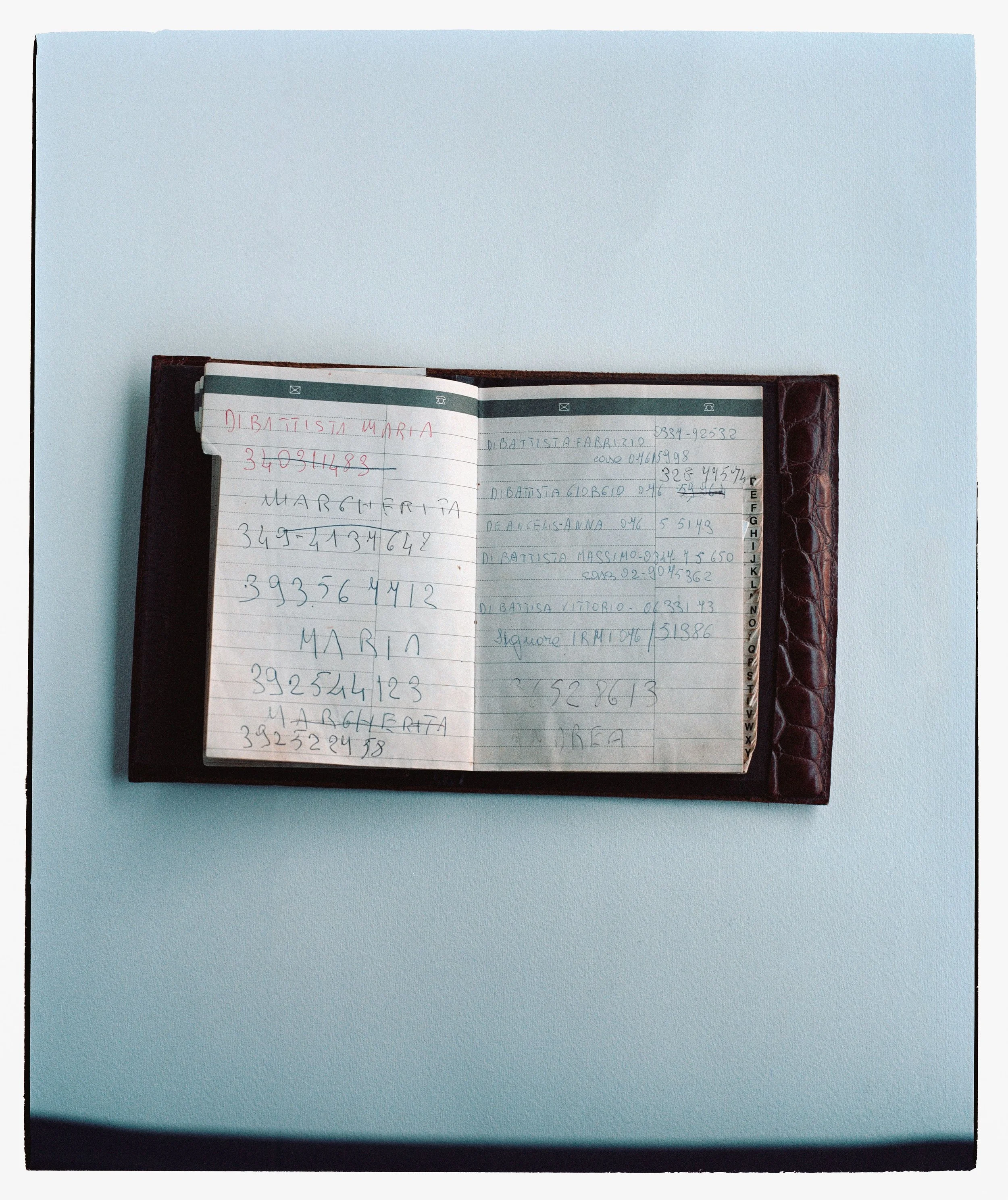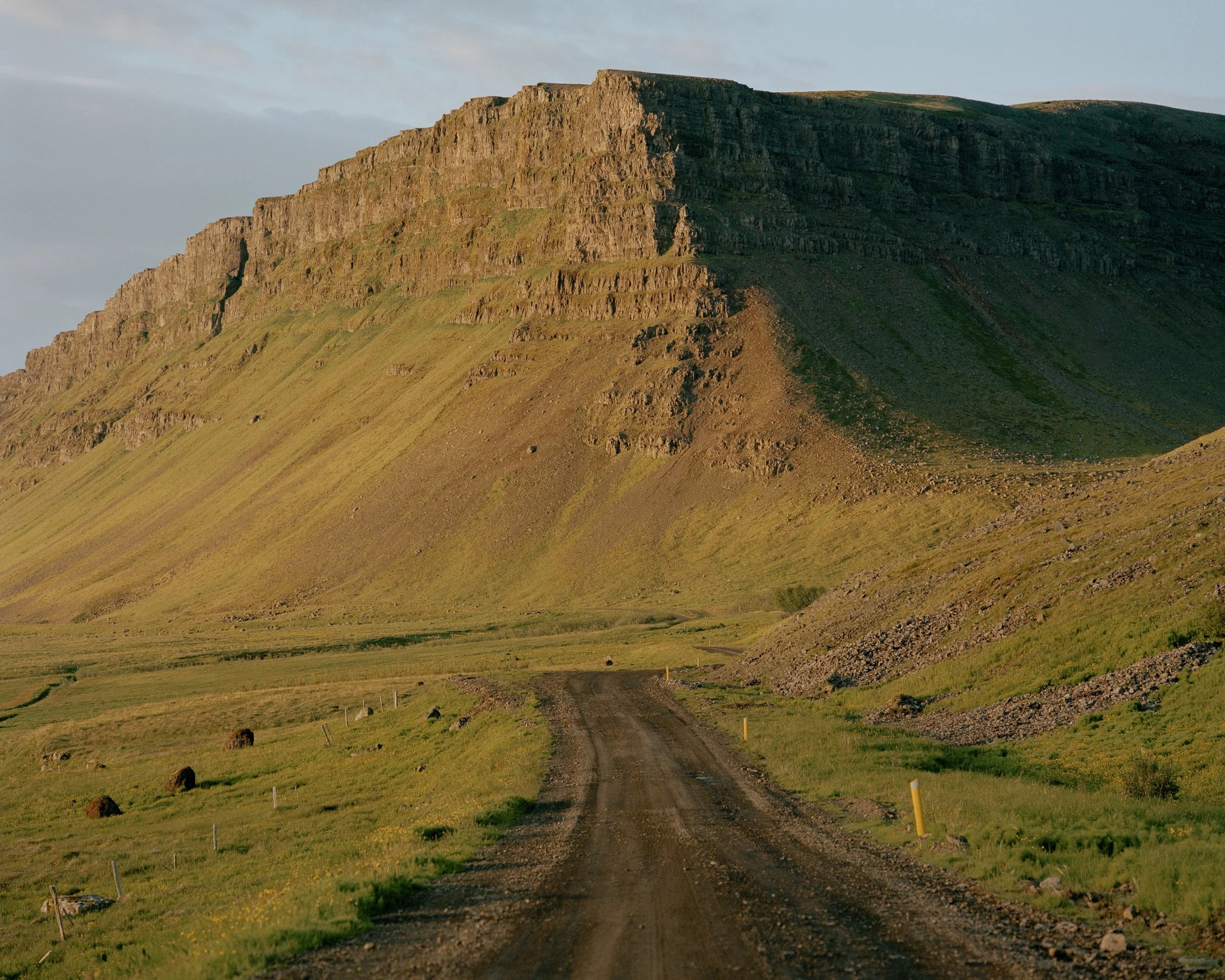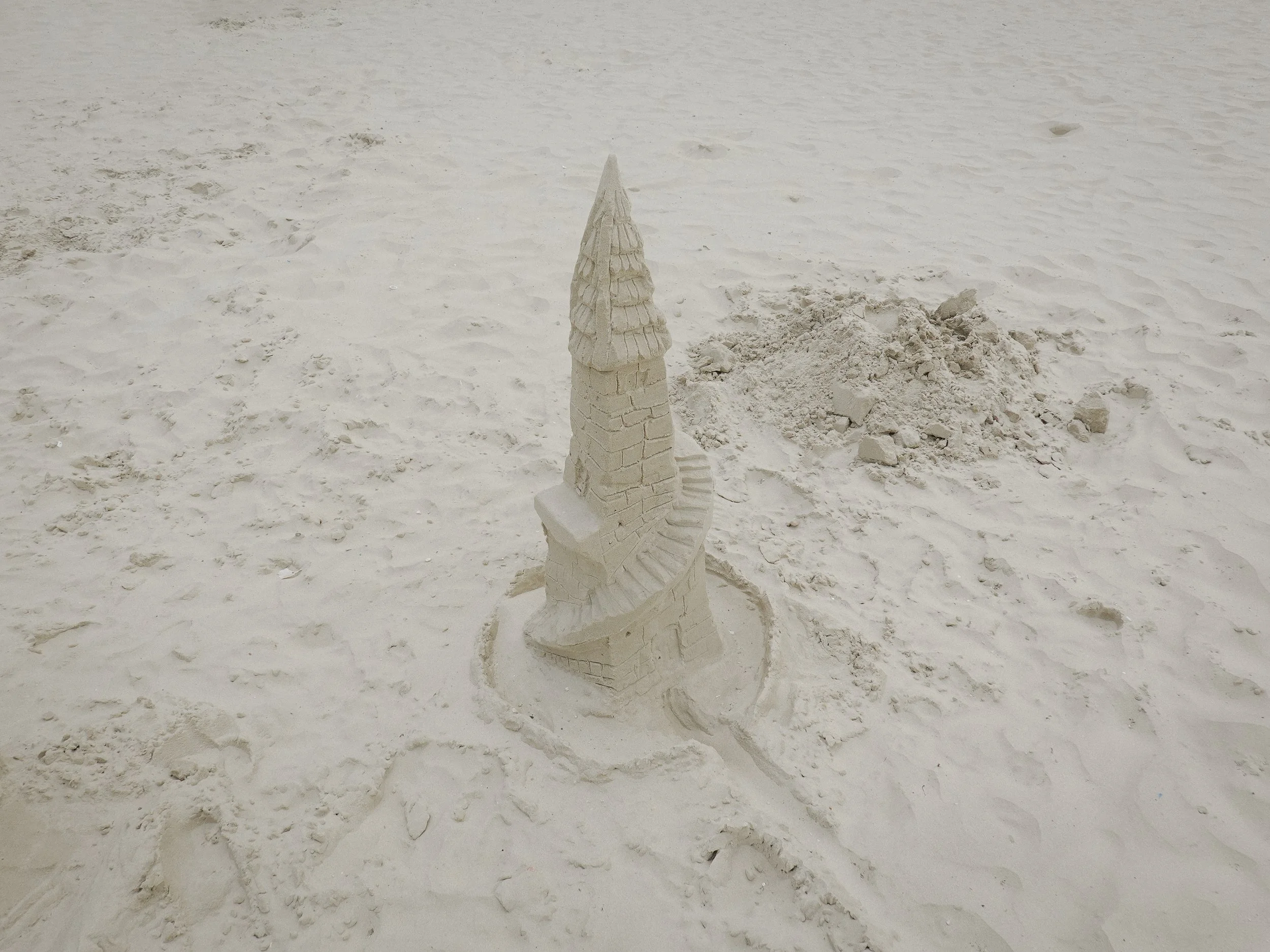Margherita Di Battista
Margherita, please introduce yourself:
I’m Margherita Di Battista, photographer, art director and director based in Milan, working across fashion, art, and landscape. For me, telling stories is always a starting point to explore emotions and shape them into narrative form.
#1 Can you tell us something about your training? What did you study, and how did it lead you to the work you are doing today?
I studied art business in Milan, but honestly I don’t think my studies really shaped what I do today. I believe what matters most in the way I see things is the mix of sensitivity and observation I developed while growing up. After spending a few years working in a gallery while doing small photography projects on the side, I co-founded Studio Mare in 2020 a creative studio that became a really important chapter in both my personal and professional growth. After five incredible years, that experience gave me the confidence to keep developing my work on my own.
#2 Your work so far is deeply influenced by Mediterranean culture, reflected in the natural landscapes, built environments, and intimate personal spaces you portray. Are there specific moments or everyday scenes that inspire you most and that you strive to capture in your work?
I believe I’m mainly driven by light. It’s when the light catches my attention that my eyes settle on things in a deeper and more conscious way so those moments become starting points for me.
#3 One of your personal projects involved photographing objects from your late grandmother’s home—handwritten notes, belongings, and photos—and highlighting the significance of objects and spaces in relation to memory. How do you personally experience this connection?
That project was really intense for me because it made me realize all at once that my last grandmother was gone and so my life as a grandchild was basically over and I had stepped fully into adulthood. I used to visit her at least once a week - she lived in a small town near Milan, and those visits were like a break from everything. My grandma had this incredible ability to show me how beautiful life can be when it’s simple. This project was born during the days me and my family were clearing out her home. I noticed there were some objects that seemed to represent her more than others, that realization hit me so hard that I felt the need to capture those emotions. This project means a lot to me because it’s more than just remembering my grandma, it’s a photo tribute I felt I needed to do for her. We used to talk about my work all the time, but we rarely looked at my photos together, even though she always wanted to. So, through this project, I found a way to share my world with her and keep her close through my photographs.
#4 What influences your approach to photography, especially regarding light, color, texture, and the way you convey stories through your images?
It’s not easy for me to give an answer to this question because I don’t always connect my approach to something tangible or specific. Taking photos feels very natural to me and it usually starts with an emotional impulse, almost like a physical reaction. It’s not something I rationally plan, but rather something that happens when I recognize a certain emotional or visual tension in front of me.
#5 You recently announced a shift in your professional journey. What are your plans for the future, and what kinds of projects are you excited to pursue next?
After five years working under the name Studio Mare, we realized it was the right time to close that chapter and continue our journeys independently. In reality, not much will change in terms of my work. I will keep working as a photographer, art director, and director, as I’ve been doing in recent years. What will change is that I’m carving out more space for personal projects, like a book I’m currently working on.
#6 Can you describe a space or place that has recently inspired and influenced you? What qualities of that space do you think contributed to this?
I recently spent 10 days in Iceland, and that place had a strong impact on me. Its vast, silent landscapes and raw, untouched nature reflected something deeply introspective, which really resonated with me. Being there felt like finding my place in the world.That sense of isolation and openness helped me reconnect with my creative process.
#7 How do you see the role of an architect in today's society?
Today, the role of the architect is inevitably political. To design means to take a stance on the environment, social inequalities, accessibility, the right to beauty, and public space. In an era marked by climate crises, real estate speculation, and social polarization, the architect can no longer be just a technician or an aesthete. They have to act also as a critical interpreter of the present, capable of bringing collective needs back to the center. Architecture, now more than ever, is a tool for both cultural and political transformation.
#8 How does your environment influence your work?
My environment is extremely important to me because it deeply influences my work. My home is also my studio, so I care a lot about making it a well-curated space. I love to be surrounded by objects that I find beautiful and that convey something meaningful to me. I used to think this was a superficial detail, but I’ve learned to recognize how essential it is, these objects are part of the environment that shapes my thoughts and creativity every day.
#9 Three things that inspire you at the moment?
Wide open spaces and silence, vast landscapes, music, meaningful connections with people, traveling and exchanging ideas with my friends.
#10 What do you currently read, watch, listen to?
I’m reading Mare Aperto by Luca Misculin. I'm currently rewatching all of Charlie Kaufman’s films because I’m fascinated by the way he sees the world. I’m listening to a podcast series by Luna Luna about how these pieces of art were discovered and how the exhibition came to life.
Links
Instagram: @margheritadibattista
Photo Credits: © Margherita Di Battista
Interview by Caroline Steffen


